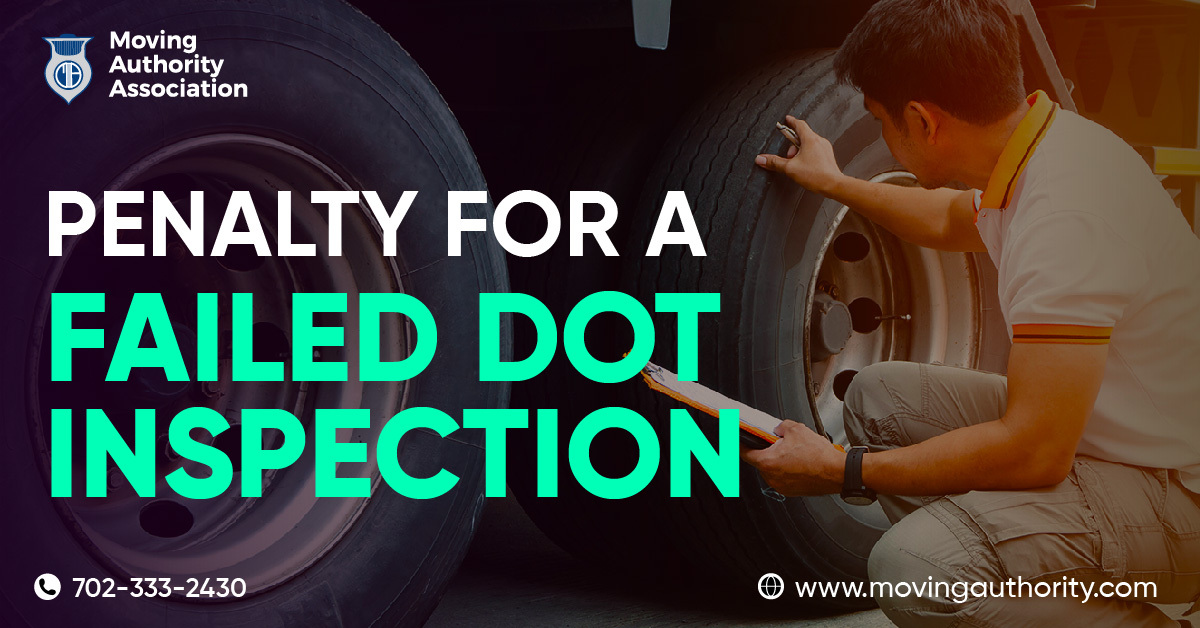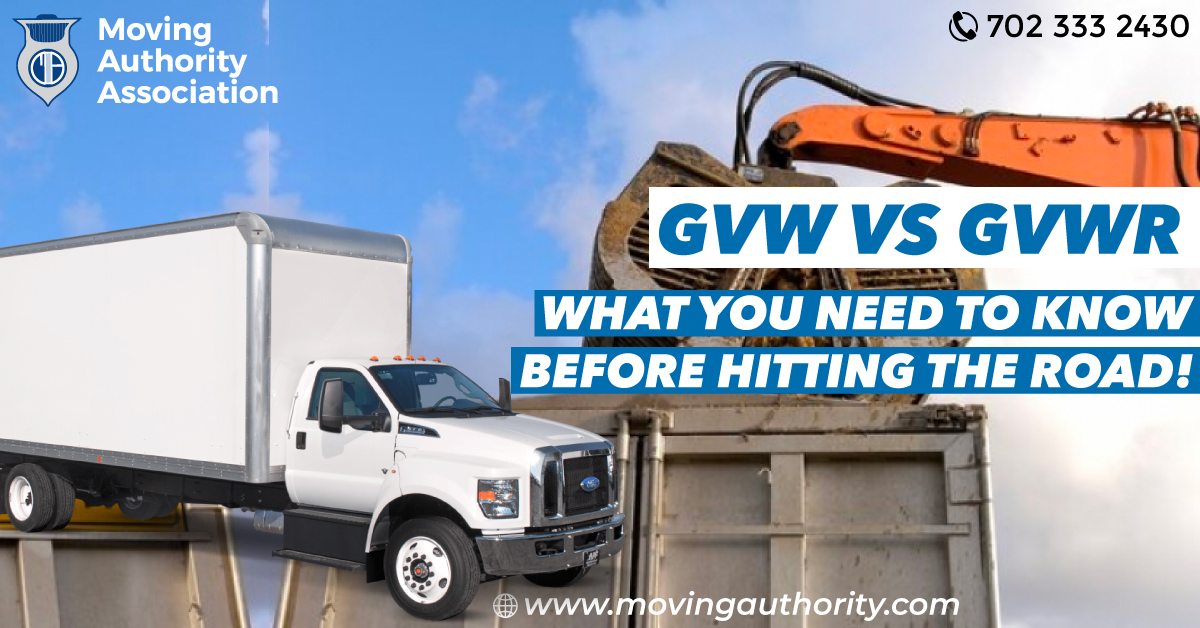
Penalty for Failed DOT Inspection
Let's go over the penalty for a failed DOT inspection. DOT Number Size Requirements For commercial truck drivers and carriers, maintaining a good standing with the Department of Transportation (DOT) is crucial. The DOT conducts routine inspections on commercial vehicles to ensure they meet specific safety standards.
These inspections are comprehensive evaluations of the truck's equipment and the driver's compliance with hours of service and other regulations. A passing grade means the driver and the vehicle adhere to the required safety standards. On the other hand, failing a DOT inspection can have a range of repercussions.
Why is the DOT Inspection So Important?
The importance of a DOT inspection cannot be overstated. With thousands of commercial vehicles on the roads daily, the potential for accidents or mishaps is significant. What is the Difference Between USDOT Numbers and MC Numbers? These inspections are the government's proactive approach to ensuring that vehicles operating on the highways are safe and pose minimal risk to the driver, passengers, and others on the road.
By ensuring that commercial trucks operate safely and efficiently, the DOT aims to decrease the number of vehicular accidents caused by mechanical failures or driver non-compliance with regulations.
What Happens if You Fail?
The consequences of a failed DOT inspection vary based on the severity and type of violations found. There are various potential penalties:
- Out-of-Service Orders: One of the most immediate and severe penalties for a failed inspection is an out-of-service order. Know about DOT Medical Card If a vehicle or driver is deemed to be an imminent hazard, they are not allowed to operate until the identified issues are corrected. For a carrier, this means downtime and potential financial losses.
- Fines: The DOT can issue monetary fines for violations. Texas DOT Requirements These fines can range from a few hundred dollars for minor infractions to thousands for more severe breaches. It's important to note that each violation can carry its own separate fine, meaning multiple infractions can add up quickly.
- Impact on Carrier Safety Ratings: A failed inspection can negatively impact a carrier's safety rating. A poor safety rating can have long-term implications, including increased insurance premiums and potential loss of business. Additionally, customers and partners may perceive the carrier as unreliable or unsafe, which can harm the company's reputation.
- Potential for Legal Action: In cases of gross negligence or repeated violations, legal action could be taken against the carrier or the driver. Reasons a Moving Company is Revoked by USDOT This could result in lawsuits or even criminal charges in extreme situations.
How Can Drivers and Carriers Prepare for Inspections?
The best way to handle a DOT inspection is to be prepared. Here are some tips for ensuring that both drivers and their vehicles are ready:
- Regular Maintenance: Ensuring that vehicles are regularly maintained can catch and rectify potential issues before they become major problems. A well-maintained truck is less likely to fail an inspection.
- Stay Updated with Regulations: Both carriers and drivers should stay informed about the latest DOT regulations. Moving Company USDOT Audit, This includes understanding hours-of-service regulations, proper cargo-securing methods, and other pertinent rules.
- Training: Regular training sessions can ensure that drivers are aware of inspection procedures and what's expected of them. Being confident and knowledgeable can also reduce the stress of undergoing an inspection.
- Documentation: Ensure all required documents are updated and readily accessible. When Do I Need a DOT Number? This includes driver's licenses, medical cards, logbooks, and any necessary permits.
How Can One Address a Failed DOT Inspection?
If a driver or carrier has failed an inspection, it's vital to address the issues promptly:
- Correct the Issue: Before anything else, rectify the problem that led to the failure. This might mean repairing a mechanical fault, adjusting cargo, or correcting paperwork discrepancies.
- Seek Re-Inspection: Once the issue has been addressed, the driver or carrier should seek re-inspection. How to Acquire a DOT Number. Passing a subsequent inspection can help mitigate some of the negative consequences of the initial failure.
- Consult Legal Counsel: If there are concerns about potential legal repercussions or if a carrier is facing hefty fines, it may be beneficial to consult with legal counsel experienced in transportation law.
- Review and Adjust Policies: Carriers should take a failed inspection as an opportunity to review and adjust their operational policies. DOT background check. This ensures that similar issues don't arise in the future.
The Broader Implications of a Failed DOT Inspection: A Ripple Effect on the Industry
A failed DOT inspection doesn't just impact the individual driver or carrier. The Basics of a DOT Roadside Inspection. Such incidents can create a ripple effect throughout the transportation industry. Each failure becomes a statistic, which can influence regulatory changes, increase scrutiny on certain areas of operation, or lead to broader public perceptions about the safety of the commercial trucking industry.
Carriers operating large fleets should be particularly conscious of this. How to Check a USDOT Number Multiple failures across a fleet can draw increased attention from regulators, signaling that there might be systematic issues in the carrier's operations or maintenance protocols.
The Role of Technology in Ensuring Compliance
In an era of rapid technological advancement, carriers and drivers have a plethora of tools at their disposal to help ensure compliance. 72 Hours DOT Inspection. Advanced fleet management systems can monitor vehicle health in real-time, alerting operators to potential mechanical issues before they become critical. Similarly, electronic logging devices (ELDs) assist drivers in adhering to hours-of-service regulations, reducing the risk of violations in this area.
Using technology not only streamlines operations but also provides an evidence-based approach to showcase compliance during inspections. It portrays the carrier as one that is committed to leveraging modern tools for the sake of safety and efficiency.
Public Perception and Brand Image
The repercussions of a failed DOT inspection extend beyond immediate fines and penalties. The Basics of a DOT Roadside Inspection. In an age of instant information sharing, news of repeated failures or significant safety issues can quickly become public knowledge. Carriers that garner a reputation for non-compliance might find it challenging to secure contracts or maintain partnerships. Trust, once broken, can be hard to rebuild.
Moreover, in a competitive industry where carriers vie for the same clients, a tarnished reputation can be a significant disadvantage. Clients and partners want the assurance of working with a reliable and compliant operator, and a history of failed inspections can be a deterrent.
Taking Proactive Measures
Beyond addressing the immediate issues leading to an inspection failure, carriers should consider implementing more proactive measures.DOT 72 Hour Inspection. This includes regular internal audits, where carriers mimic DOT inspection procedures to catch potential issues. Such practices not only help in identifying problems early but also in training drivers and staff to be prepared for actual inspections.
Conclusion
A DOT inspection is a crucial component of the commercial transportation industry. While the penalties for failing can be severe, they emphasize the importance of safety on the roads. The Countdown Begins. By understanding the implications of a failed inspection and taking proactive steps to ensure compliance with all regulations, carriers, and drivers can operate confidently, knowing they prioritize safety above all else.





